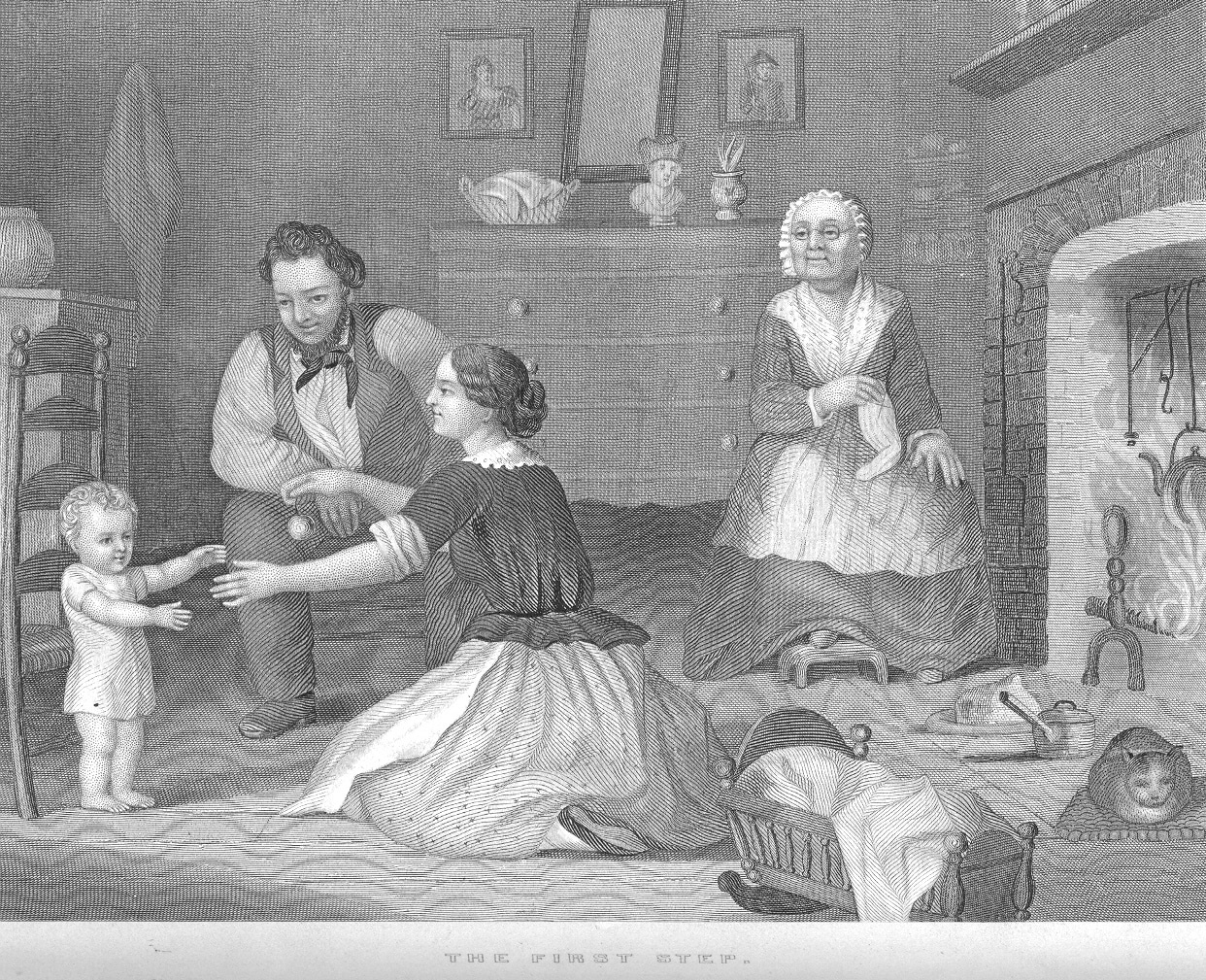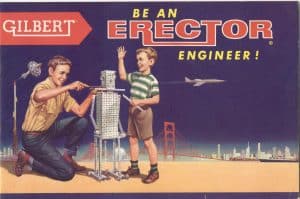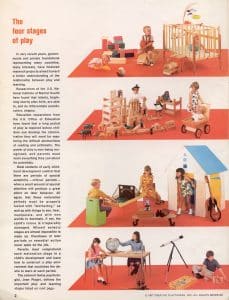 Recently, a museum guest asked me to tell her about the most interesting question I’d received as director of the Brian Sutton-Smith Library and Archives of Play. The answer was easy—I take great satisfaction in uncovering some elusive fragment of information that helps a researcher resolve an issue or solve a puzzle. As more information becomes available on the Internet and researchers become increasingly adept at finding their own answers, the questions that reach me have become more challenging and provocative. The most interesting questions don’t call for a simple factual answer; they elicit thought and growth.
Recently, a museum guest asked me to tell her about the most interesting question I’d received as director of the Brian Sutton-Smith Library and Archives of Play. The answer was easy—I take great satisfaction in uncovering some elusive fragment of information that helps a researcher resolve an issue or solve a puzzle. As more information becomes available on the Internet and researchers become increasingly adept at finding their own answers, the questions that reach me have become more challenging and provocative. The most interesting questions don’t call for a simple factual answer; they elicit thought and growth.
 With that in mind, I recalled a question from a teacher who was working with her students to establish a timeline of play. Her question: “When did play begin?” My immediate reaction led me to Adam and Eve and their sons, Cain and Abel, since I can’t imagine having children and not immediately and instinctively playing with them. Beyond that quick response, I began to think that the answer would depend on whether you define play as either instinctive or intentional. We take note of a chimpanzee or crow that employs a twig as a tool. When, I wondered, did we begin to use sticks as toys—let alone honor them with induction into the National Toy Hall of Fame?
With that in mind, I recalled a question from a teacher who was working with her students to establish a timeline of play. Her question: “When did play begin?” My immediate reaction led me to Adam and Eve and their sons, Cain and Abel, since I can’t imagine having children and not immediately and instinctively playing with them. Beyond that quick response, I began to think that the answer would depend on whether you define play as either instinctive or intentional. We take note of a chimpanzee or crow that employs a twig as a tool. When, I wondered, did we begin to use sticks as toys—let alone honor them with induction into the National Toy Hall of Fame?
Fortunately for the teacher and me, in addition to a research library and an artifact collection devoted to the study of play, The Strong has its own staff experts on the topic. I elicited the help of Scott Eberle, our Vice President for Play Studies, who offered this interpretation:
When did play begin? It’s a difficult question to answer. Check out Jaak Panksepp, the neuroscientist, who argues that play among rats suggests that play is original mammalian equipment. So, from that perspective, you have to go back at least to the dawn of mammalian history for the beginning of play. (Date mammals rise to the era immediately preceding the extinction of the dinosaurs.) Gordon Burghardt contends, however, that reptiles are capable of play, and as play impulses originate in brain structures already present in reptiles, these impulses would antedate the rise of mammals, pushing the date back considerably farther.
 While researching the link between play and intellectual growth, I found a copy of The Art of Teaching in Sport, a book published in the late 1700s that encourages parents and teachers to instruct children by taking advantage of the child’s natural inclination to learn through play. The book’s full title spells out its intention: The art of teaching in sport; designed as a prelude to a set of toys, for enabling ladies to instill the rudiments of spelling, reading, grammar, and arithmetic under the idea of amusement. I was impressed by this early understanding of play until I remembered a quote from the philosopher Plato from about 2,000 years earlier on The Strong’s website: “Do not … keep children to their studies by compulsion but by play.”
While researching the link between play and intellectual growth, I found a copy of The Art of Teaching in Sport, a book published in the late 1700s that encourages parents and teachers to instruct children by taking advantage of the child’s natural inclination to learn through play. The book’s full title spells out its intention: The art of teaching in sport; designed as a prelude to a set of toys, for enabling ladies to instill the rudiments of spelling, reading, grammar, and arithmetic under the idea of amusement. I was impressed by this early understanding of play until I remembered a quote from the philosopher Plato from about 2,000 years earlier on The Strong’s website: “Do not … keep children to their studies by compulsion but by play.”
My answer to that interesting question? Play is as old as we are.



